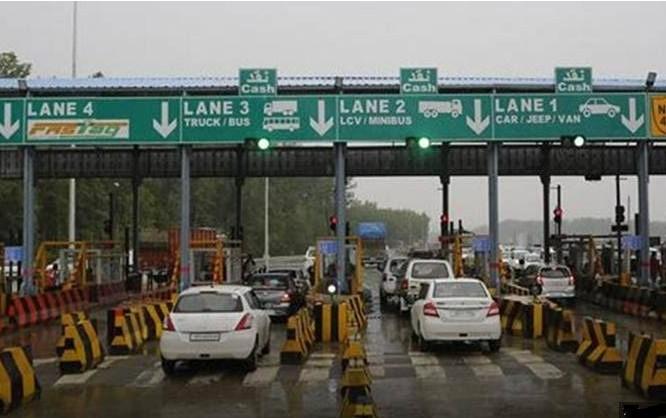Road travel on the national highways in India is set to become more seamless from May 1, with the introduction of a new GPS-based toll collection system, and FASTags will become a thing of the past.
The Global Navigation Satellite System (GNSS) was expected to roll out from April 1, however, there was a delay. It is now likely to be implemented from May 1, 2025.
Speaking on the same, Union Minister for Road and Transport Nitin Gadkari on Tuesday said, "In next 15 days we are coming with toll policy and you will satisfy from our toll policy (National Highways). We are starting satellite toll system so that you don't have to stop for toll plazas..."
What Is GNSS and How It Works?
Global Navigation Satellite System (GNSS) is a satellite-based toll collection system in which money will be directly deducted from one's bank accounts based on the distance they have travelled. According to Union Minister Nitin Gadkari, the new system will be time and cost-effective and quicker.How GNSS Is Different From FASTag
While the FASTag system is faster than the traditional cash collection method, it requires vehicles to stop at the toll booth. Many times this leads to long queues, especially during peak hours.
However, the GNSS system works with virtual toll booths which communicate with satellites to track vehicular locations. As per the tracked location, the distance travelled by the vehicle is anaylased and the toll is calculated.
The new system not only eliminates the need to establish physical toll booths, it is also likely to provide flexible payment options to the users.


